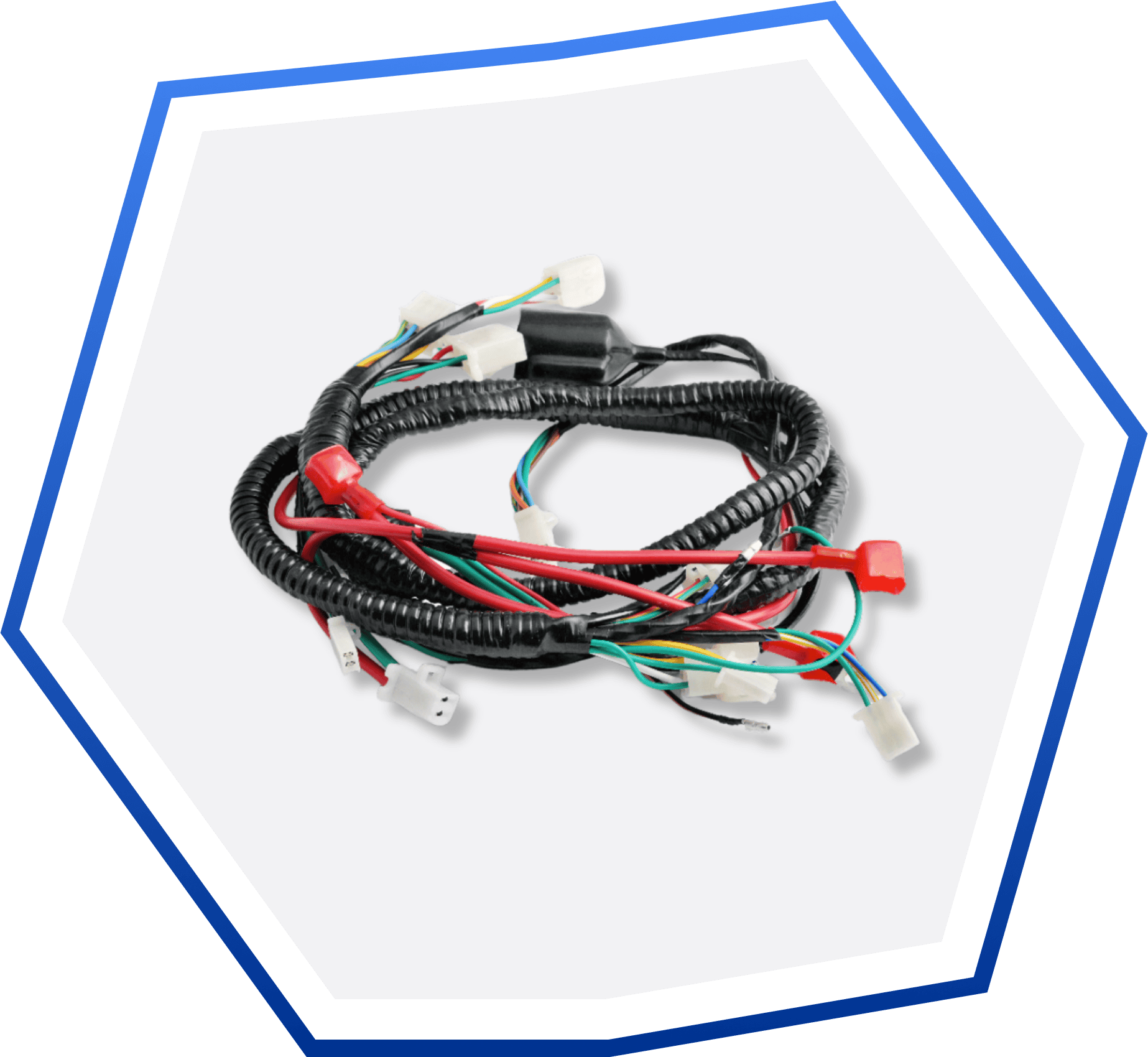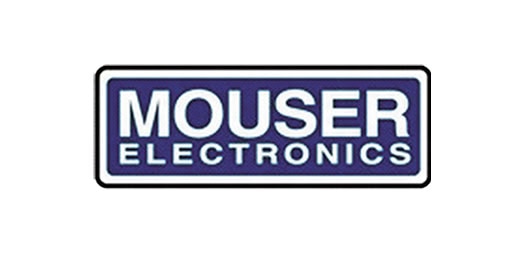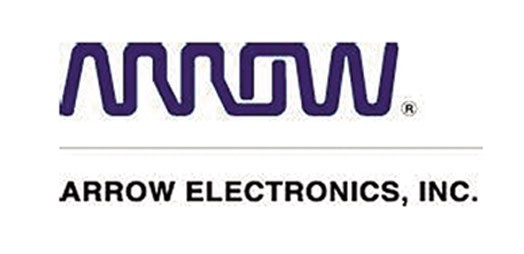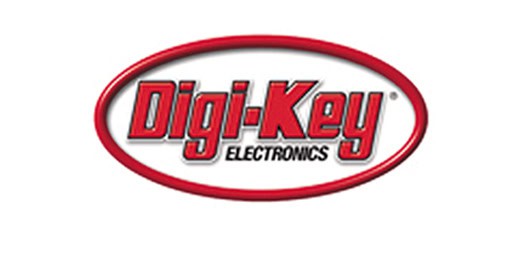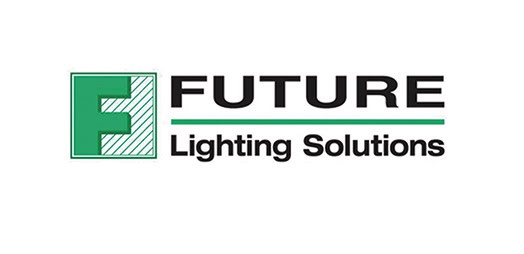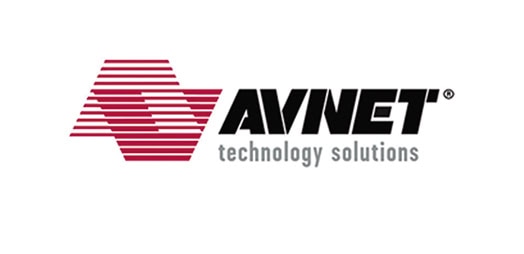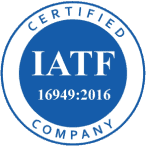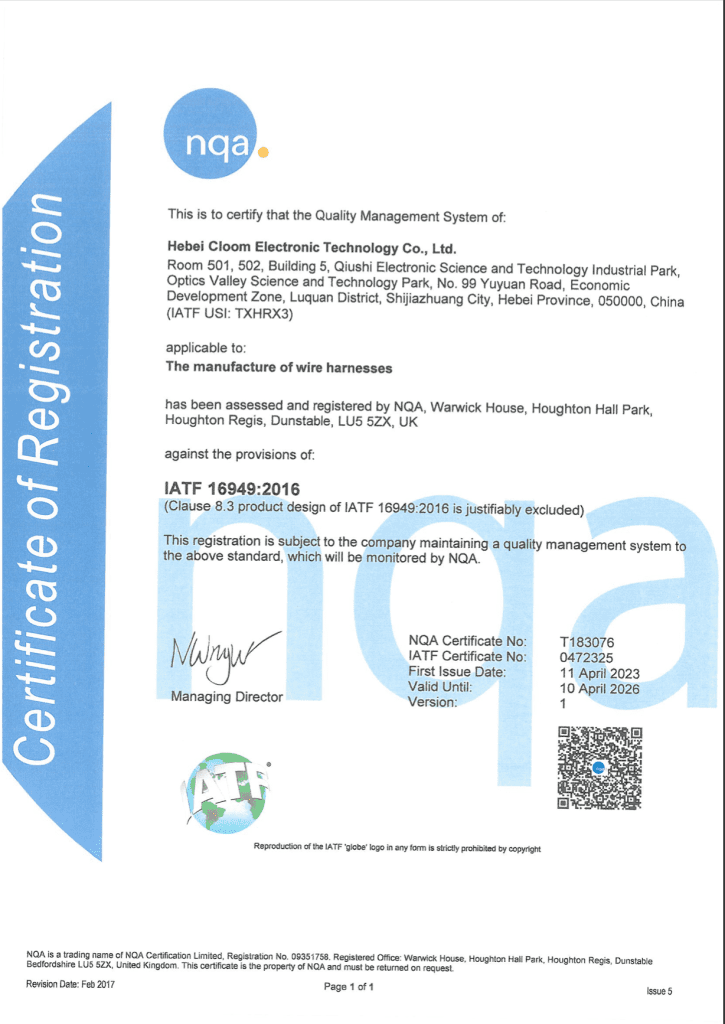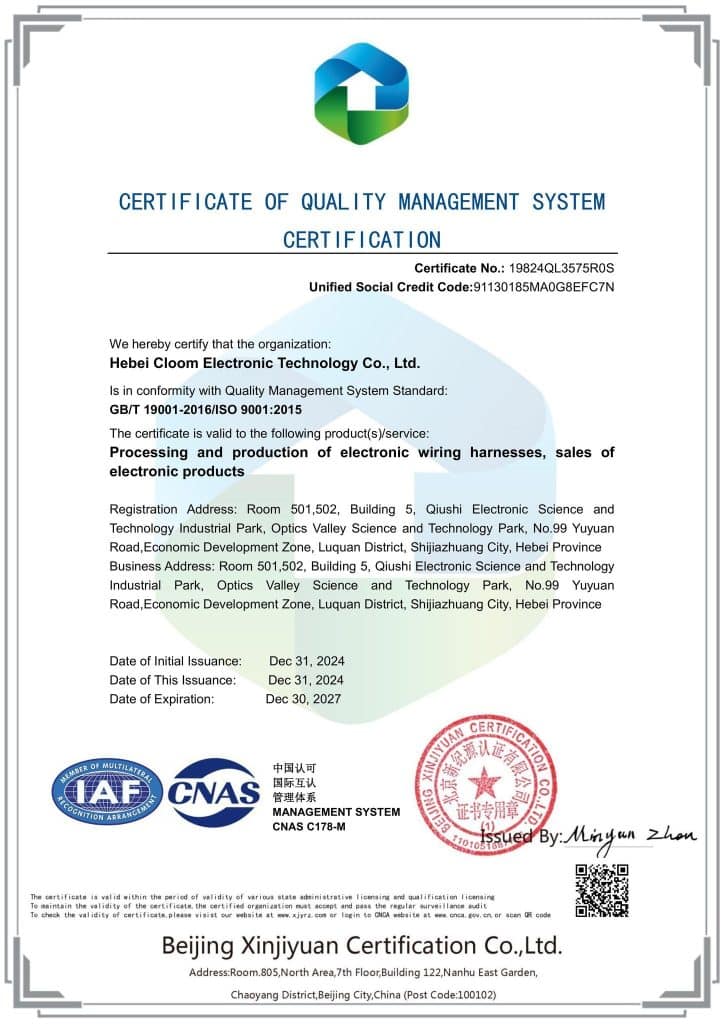Custom Automotive Wire Harness Manufacturer
Wiringo is an IATF 16949 and ISO 9001-certified automotive wire harness manufacturer. We offer a wide range of customizable products that ensure superior quality, reliability, and optimal performance.
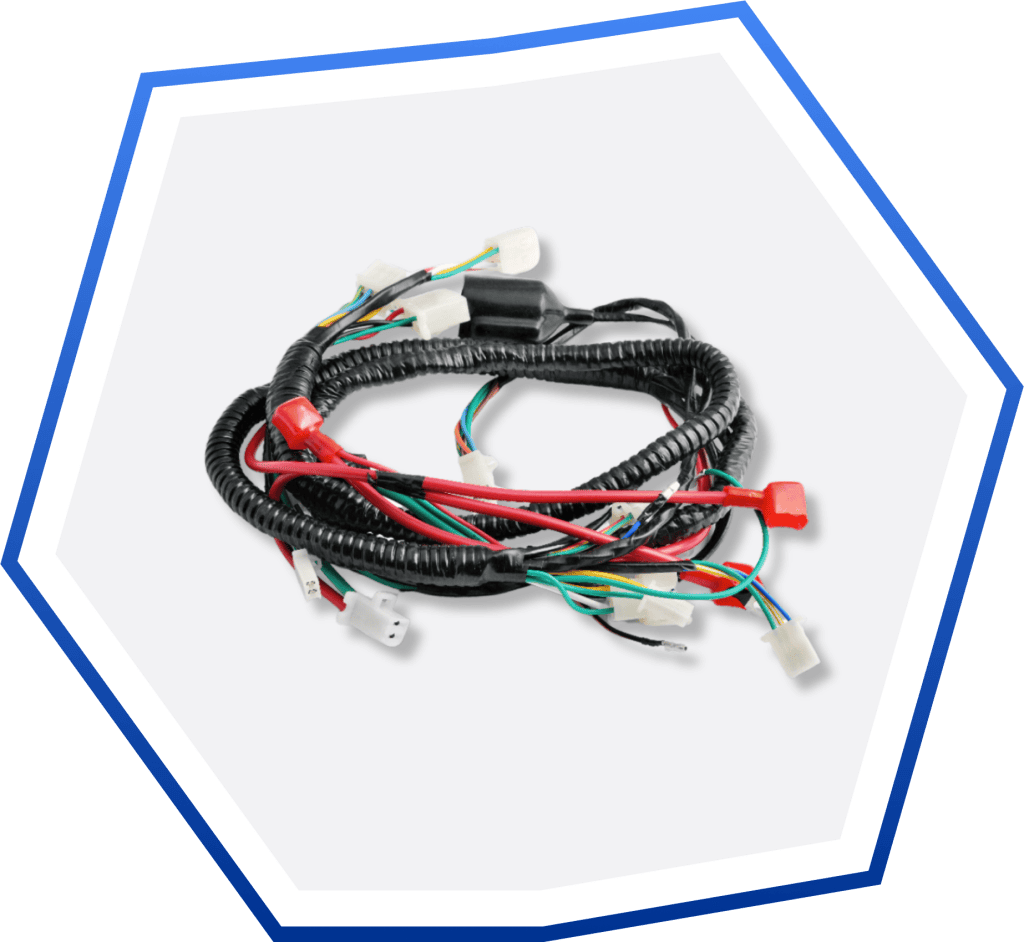
Our Clients






Wiringo is a leading automotive wire harness manufacturer specializing in high-quality custom solutions. We produce wire harnesses for various automotive vehicles, including electric and hybrid models.
Our specialized technology ensures safety, durability, and compliance with strict automotive industry standards. Wiringo’s design and manufacturing teams work closely with clients to meet their needs.
Benefits of Wiringo’s
Custom Wire Harness Service
Wiringo is committed to delivering top-notch custom wire harness solutions that meet the highest industry standards.
Cost efficiency
Outsourcing saves significant costs by reducing spending on labor, sourcing raw materials, overheads and operational activities.
Fast Turnaround
Receive quotations within 12 hours and benefit from quick production times.
Customized Solutions
Tailored wire harness and cable assemblies to fit your specific project needs.
Innovative Technology
State-of-the-art equipment and processes for precise, reliable results.
Get A Custom Wire Harness Quote Today!
Why Choose Wiringo?
Here’s why Wiringo is the preferred wire harness manufacturer for hundreds of companies in the automotive industry:

Fast Delivery
We are capable of delivering large order volumes within 2-6 weeks, but this may vary depending on the order size and complexity.

Reliable
Wiringo provides reliable products that undergo rigorous testing and quality control processes to meet high industry standards.

Specialized
Our wire harnesses are designed to meet your specific product requirements, including:
- Rear Vision Camera Harnesses
- Door Harnesses
- Light Pipe Harnesses
- Interior Harnesses
- Sensor cable assemblies

Advanced Equipment
Wiringo has invested in the latest production equipment, from bench-top crimp machines to full robotic wire processing machines, which enables us to automate manufacturing processes, significantly reducing the risk of human error.

Diverse Selection
Wiringo can work from your designs when making wiring harnesses. They also maximize the use of alternative energy sources. This includes flexible fuel, natural gas, and LPG vehicles, as well as electric, hybrid, and plug-in cars.

One-to-One Assistance
We offer one-to-one assistance throughout the entire design and manufacturing process.
Our Manu facturing Capa bilities
We aim to deliver precision-engineered automotive wire harnesses. Our manufacturing process delivers fast turnarounds and custom support for any project size.
Services
We offer a turnkey solution with a wide range of services, including:
- Wire cutting, stripping, crimping, and terminating
- Wire harness assembly
- Precision processing, including precise length, accurate bending degree, special connector crimping, and so on
- Value-added services include quote response within one day, sketches provision, customized wire codes, product testing, visual inspection, and support for small and large-scale production
Process
Design review → Materials preparation → Assembly documentation → Inbound inspection → Prototyping → Volume Assembly → Test
Customization
Our harnesses are custom-manufactured to withstand a wide range of environmental conditions:
- Multiple breakouts positioned anywhere
- Unlimited selection of gauge, color, and insulation style
- Any number of wires
- Custom heat-shrink, tubing, braiding, and labeling
- Custom over-molding
Connector Types
Tyco, Delphi, AMP, Molex, JST, JAE, or according to your requirements.
Pre-built Options
We offer ready-to-use cable assemblies for quick deployment.
Safety Testing
We test all our products to meet industry standards. We also monitor quality during design and production. This ensures that every cable assembly you get is of the highest quality and reliability.
Certifications
With 15+ years of experience, Wiringo is certified in IATF 16949 and ISO 9001. This ensures high quality and compliance in every wire harness we make.
Samples and Prototyping
You are free to ask for samples and prototypes. We will proceed with mass production only after we get a green signal from your side.
Flexible Order Quantities
Our advanced manufacturing can deliver small and large orders without compromising quality.
Automotive Wire Harness Products
Wiringo offers a wide range of automotive wire harness products that function well, look great, and are easy to install.
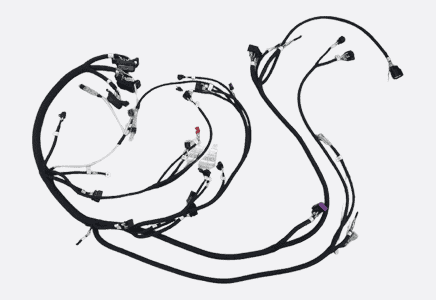
Front Wiring Harness
Connecting engine, instrumentation, front light assembly, battery, and air conditioning.
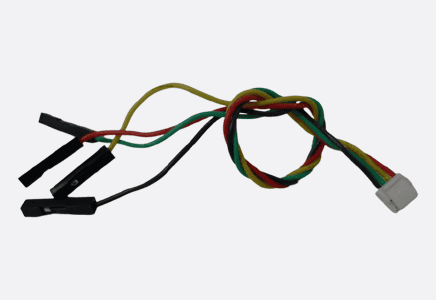
HVAC Wire Harness
Connecting the blower motor and AC compressor
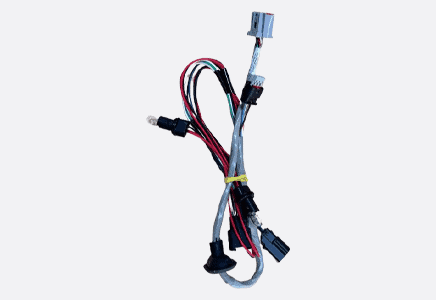
Chassis Wire Harness
Connecting tail lights, sensors, and other components underneath the vehicle
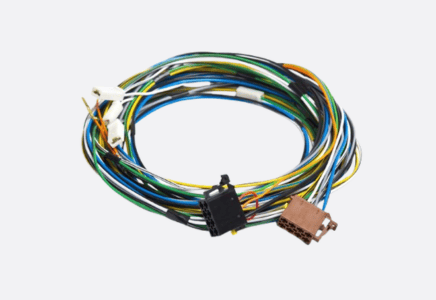
Rear Wiring Harness
Connecting luggage compartment light, license plate light, and tail light assembly.

Engine Wire Harness
Connecting fuel injectors, spark plugs, and other engine components.
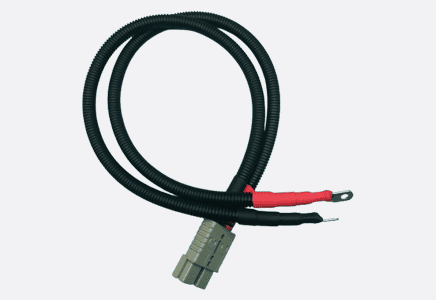
Battery Cable Assemblies
Connecting between batteries
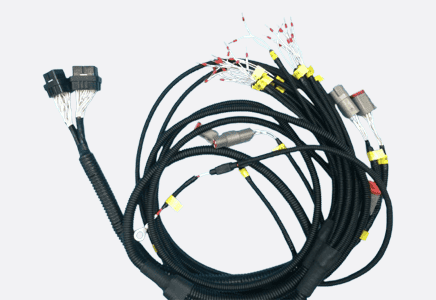
Roof Wiring Harness
Connecting roof light, door, and audio speaker.
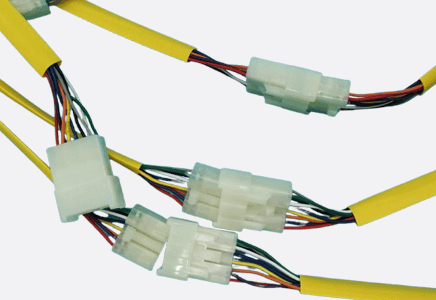
Body Wire Harness
Connecting the power windows, lights, and sound system.
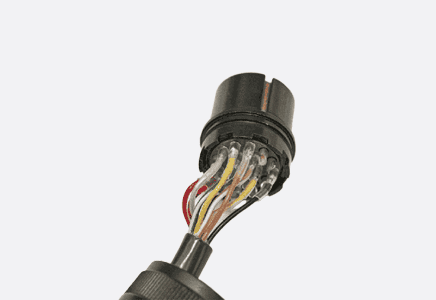
Signal Cables Assemblies
Connect different parts, such as sensors, switches, and control modules to transfer signals between them.
Used in a Variety of Vehicles
Wiringo offers automotive wiring harnesses for all types and sizes of vehicles.

Car

Smaller trailer

Farm machinery and garden tools

Motorbike assembling

ATV and kart repair

Golf carts

Boat and Marine Craft

Commercial Vehicles

Construction Equipment

Emergency Vehicles

Military Vehicles

Semi-truck and Long truck
What Our Customers are Saying
See what thousands of happy customers have to say about Wiringo’s commitment to product quality and customer service.

I have received an shipment of the cables that was supplied (p/o : 5130903714 )
I would like to say thanks you , to you and your staff ( factory ) well done.
I am very happy with the quality of the work, ( C )

Thank you very much for your hot support and efforts for our parts supply.
We received your DC cables with thanks a lot.
All parts passed inspection successfully!

Lead Engineer
I just received the cables. Once again, we are very pleased with the results. We are also looking forward to further cooperation in the future.
Please take care.

I could not ask for anything better in terms of quality since everything arrived in perfect condition.
Thank you very much and I look forward to future projects with Wiringo.
Thanks again for Wiringo's hard work in making this project a success.
Looking for The Best
Custom Wire Harness &
Cable Assembly Service?
Fast Turnaround Time
At Wiringo, we ensure that custom wiring harness solutions are tailored to your needs, with quotations delivered within 12 hours to keep your projects on track.
Certified Quality Assurance
Our factory is ISO9001 and IATF16949 certified, guaranteeing the highest standards of quality, reliability, and compliance for all custom wiring harness and cable assembly services.
One-Stop Custom Solutions
We offer a complete, one-stop solution for all your wiring harness needs, from design to manufacturing, ensuring you get exactly what you need for your project.
Frequently Asked Questions
Can Wiringo manufacture an auto wire harness without a product drawing or design specifications?
Yes, definitely. Our team is capable of reproducing automobile wiring harnesses without their design specifications. With our reverse engineering technology, we can extract details about any wire harness assembly by meticulously deconstructing it. The details will have all information regarding product dimensions, components, and other relevant information.
Can Wiringo provide custom wire harness designs to meet specific requirements?
Yes, we offer custom solutions that meet your specific needs, like unique connectors, features, or materials.
What testing procedures does Wiringo implement to ensure product quality?
All our automotive wiring harnesses are rigorously tested. This includes functionality checks, a visual inspection, and environmental tests. These ensure that every product meets the highest industry standards.
What materials do Wiringo use in your automotive wire harnesses?
We use high-quality components and materials, including durable connectors and heat-resistant insulation, all designed to withstand rigorous automotive environments.
Can Wiringo manufacture the harness if I send them a photo of a vintage car wire harness?
Sorry, but no. We are a B2B wire harness manufacturer, accepting and manufacturing orders in bulk. We do not manufacture a single-wire harness.
Choose Wiringo’s Automotive Wire Harnesses
Enhance your vehicle’s performance and safety with Wiringo’s custom wire harnesses. Request a quote today!


